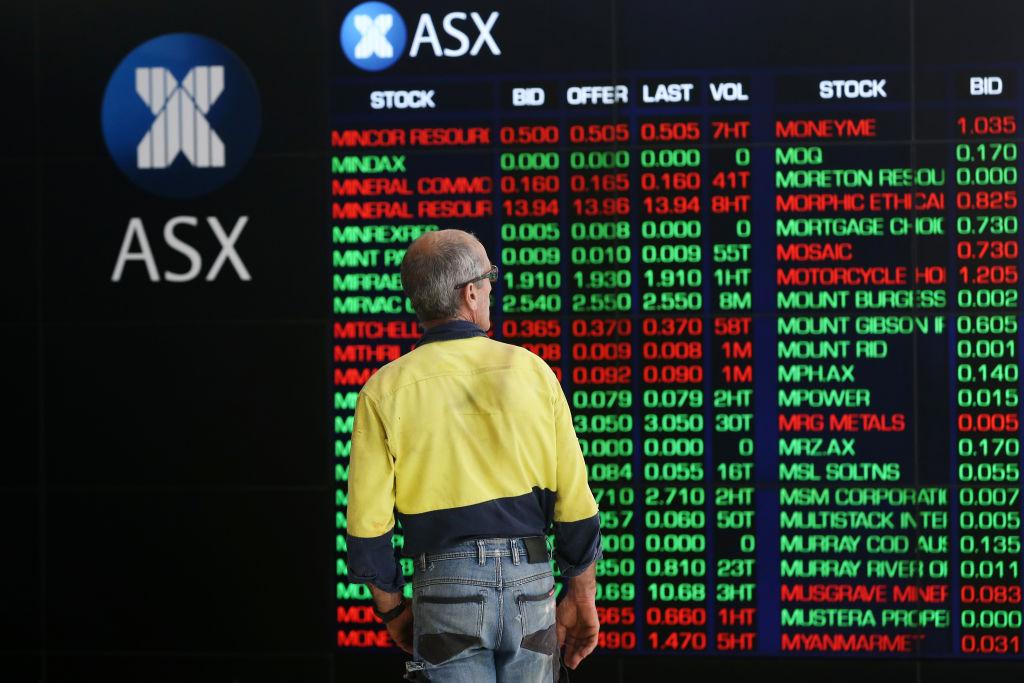The current historically low-interest rate has increased the risk of a looming “sharp correction,” the Reserve Bank of Australia (RBA) warned.
In her keynote address, Marion Kohler, the head of the domestic markets department at the RBA, told the Australian Securitisation Forum that the central bank was keeping an eye on security markets.





